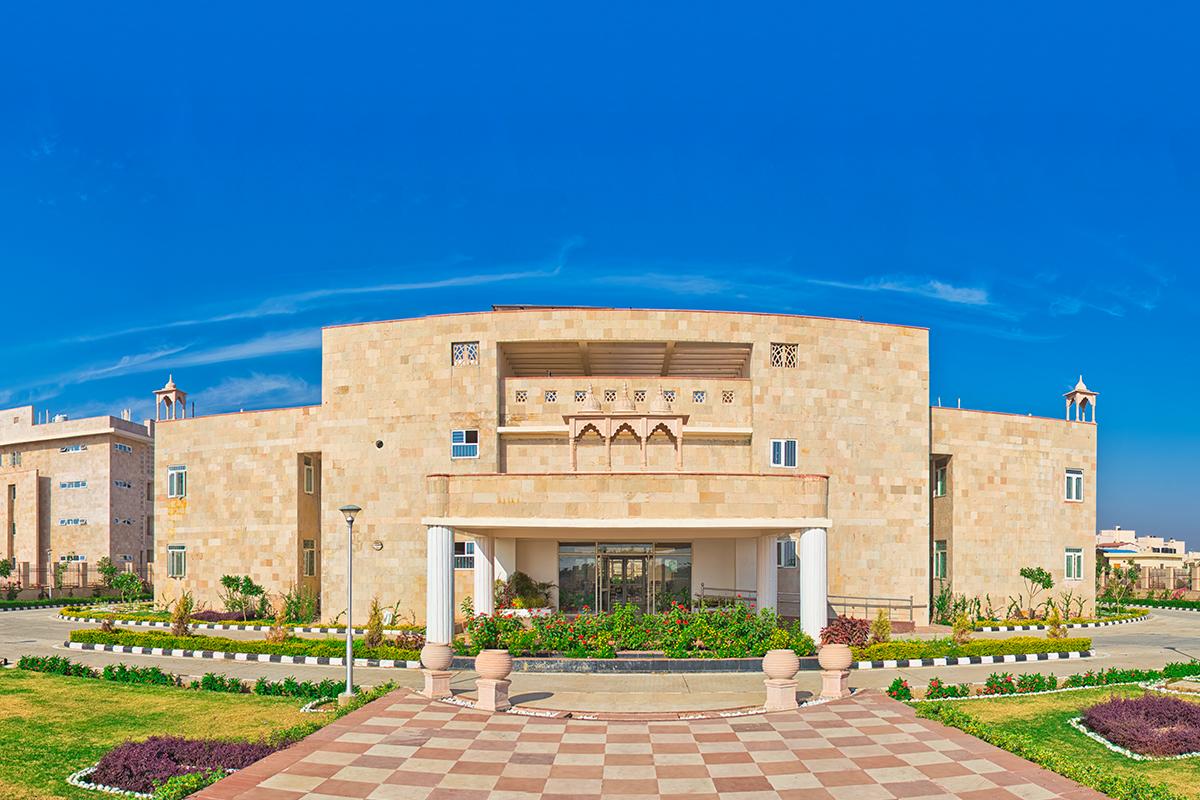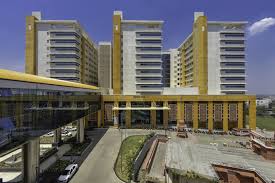Notifications

9 minutes, 10 seconds
-185 Views 0 Comments 0 Likes 0 Reviews

As the world confronts the growing threats of climate change, pollution, and unsustainable urban expansion, architecture has taken center stage in the battle for a greener future. In India, where rapid development often competes with environmental preservation, sustainable design practices are emerging as vital components of modern construction. Fortunately, the rise of sustainable architects in India is not only promising but revolutionary. These visionary professionals and firms are reimagining spaces that are not only beautiful and functional but also environmentally conscious.

This post explores how the best architects in India are incorporating sustainability into the fabric of their designs and highlights some of the leading names shaping this movement.
India is undergoing massive urbanization, with new buildings sprouting across cities, towns, and rural belts. However, conventional construction practices often ignore ecological sensitivity. The overuse of natural resources, increased carbon emissions, and the urban heat island effect have made sustainability a top priority in urban planning.
Sustainable architecture addresses these concerns through:
Energy efficiency and renewable resources
Use of local and recycled materials
Natural ventilation and lighting
Rainwater harvesting and wastewater recycling
Green roofs and vertical gardens
Adaptive reuse of existing structures
These design principles not only reduce the environmental impact but also promote healthier living environments, reduced utility bills, and long-term economic savings.
Sustainable architecture is not merely a trend—it is a commitment. The sustainable architects in India leading this movement often share several defining characteristics:
Eco-Conscious Design Thinking: Every project begins with the environment in mind. From selecting the site to final materials, every choice contributes to sustainability.
Use of Indigenous Techniques: Many Indian architects blend traditional methods like jaalis, courtyards, and earthen construction with modern green technologies.
Innovation with Purpose: These architects embrace new building technologies—such as solar integration, smart HVAC systems, and modular designs—to increase efficiency.
Client and Community Focus: Sustainable architects also educate clients and communities about long-term benefits, often tailoring designs to local cultures and climates.
Let’s take a closer look at some of the best architects in India who exemplify these values and have set benchmarks in green design.
CP Kukreja Architects stands out as a pioneering firm known for its innovative and sustainable design solutions. With a legacy that spans decades, the firm has contributed to shaping India’s architectural landscape through iconic projects across urban planning, education, hospitality, and public infrastructure. Headquartered in New Delhi, CP Kukreja Architects blends modern technology with cultural context, making their work both globally relevant and locally rooted. Their commitment to sustainability and design excellence has earned them recognition as one of the top architecture firms in the country.
Founded by Manit and Sonali Rastogi, Morphogenesis is globally recognized for its pioneering approach to sustainability. The firm’s designs reflect an intelligent use of natural ventilation, daylight, and thermal mass, significantly reducing energy consumption. Their project, Pearl Academy in Jaipur, is an iconic example, using passive cooling techniques rooted in traditional Indian architecture.
Morphogenesis consistently ranks among the top sustainable architects in India, earning accolades for projects in education, hospitality, residential, and urban planning sectors.
Led by Chitra Vishwanath and her team, Biome is well-known for promoting ecological harmony through design. The firm emphasizes water conservation, mud construction, and renewable energy systems. Their projects frequently include composting toilets, greywater recycling, and green roofs.
Biome’s commitment to sustainability goes beyond design—it’s a lifestyle and educational mission, making them one of the most respected names in Indian green architecture.
Studio Lotus is celebrated for its human-centered approach that blends culture, context, and sustainability. Their project, Krushi Bhawan in Odisha, is a masterpiece that integrates local artisanship with passive cooling and climate-responsive design. The use of terracotta and hand-crafted jaalis promotes not just ecological sustainability but also economic empowerment for local communities.
As one of the best architects in India, Studio Lotus has elevated the conversation around sustainability by making it deeply personal and contextual.
This firm, led by the charismatic Sanjay Puri, takes a bold and innovative approach to architecture. Their projects are known for organic forms and site-specific designs that minimize heat gain and maximize airflow. Many of their commercial and residential buildings feature shading systems, green facades, and solar-efficient orientations.
Their design for the Reservoir Project in Rajasthan showcases how architecture can adapt to climate while remaining visually striking and modern.

Specializing in large-scale institutional and commercial projects, Edifice integrates sustainability into every phase of development. Whether it’s energy modeling, daylight analysis, or waste management systems, their buildings reflect a holistic approach. They also place strong emphasis on post-occupancy performance, ensuring their designs deliver long-term ecological benefits.
Edifice’s leadership in green building certifications, such as IGBC and LEED, makes them a front-runner among sustainable architects in India.
This firm believes in designing buildings that "breathe." Their approach is based on simplicity, sustainability, and economy of means. Their school and institutional projects emphasize open spaces, courtyards, cross ventilation, and minimal use of glass to maintain thermal comfort.
Hundredhands has received acclaim for showing that green buildings don’t have to be high-tech—they can be grounded in basic, climate-responsive design strategies.
With an emphasis on environmental sensitivity and spatial poetry, Architecture BRIO works on residential, hospitality, and institutional projects that connect with nature. Their homes and retreats are often built into landscapes with minimal intrusion, using native materials and vegetation to blur the boundaries between indoors and outdoors.
Their philosophy revolves around adaptability, resilience, and contextual elegance.
Among the stalwarts shaping the future of green architecture, CP Kukreja Architects stands out as a beacon of innovation, responsibility, and excellence. Founded in 1969 and headquartered in New Delhi, the firm has consistently championed sustainable design long before it became a global priority.
CP Kukreja Architects has worked across sectors—from institutional campuses to high-rise buildings—incorporating solar energy, rainwater harvesting, and local materials into their projects. Their designs strike a perfect balance between form and function while maintaining ecological integrity. With a multidisciplinary team and a pan-India footprint, they continue to influence policy and practice at both the national and global levels.
Their commitment to sustainability, combined with their extensive experience and award-winning portfolio, cements their position among the best architects in India.

